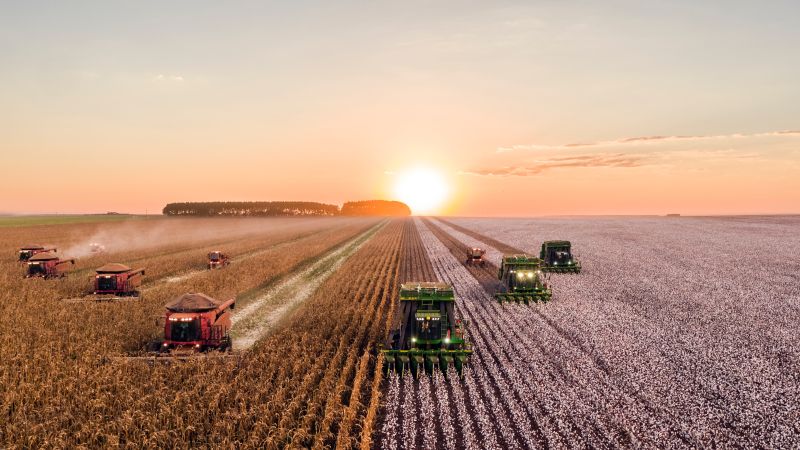Just moved to the countryside to try your luck as a farmer? You are not alone – a growing tendency to turn into agricultural jobs is noticeable among the townies who became tired with the big city life. You probably ask yourself where to start? Check the few tips below and start enjoying the new life chapter!
1. Prepare the land with the tractor
No matter if you have inherited a piece of land or invested in it, you will need to prepare it for agricultural purposes. The amount of work you will need to put into it depends mainly on the acreage. You will need to till the soil to prepare it for the farming. It may sound like a tiring task – but you can do it effectively with a little help of a machine. If the size of your land is under two or three acreage, you can do it easily with a tractor equipped with a tiller. You should also check your soil before starting planting, to plan the best possible layout of your crops.
2. Design wisely
A thoughtful plan is key to an efficient farming system. You will need to think over the irrigation system to be independent of the environmental conditions. An important step is also deciding whether you prefer to focus on monocultural cultivation or rather implement permacultural strategies to your freshly started garden. The second way is more ecological and closer to the natural ecosystems thanks to keeping its diversity. Easily accessible literature on the topic of permaculture design will help you plan the garden of your dreams.
3. Protect your garden
The climate change enforces new strategies within farmers who never before had to struggle with such an amount of natural disasters. As a result of global warming, the farms are more exposed to uncontrolled floodings and draughts. Are you planning to plant on a bigger scale in the region which is prone to draughts? The good solution for you will be a hydroponic or an aquaponic system. It doesn’t require the soil and protects your plants from the dry climate. Facing the risk of flood, you may consider introducing sediment traps and pons which will protect your crops from inundation.
4. Listen to the locals
Books and the internet are great sources of information, but, in fact, there is no better way to gain knowledge than talking with experienced farmers. They know the conditions and requirements of the soil. You can get inspired by them and get tips about the interferences in between plants. They probably have been observing the result of different planting strategies for years – their pieces of advice will save you trouble.
Article Submitted By Community Writer




